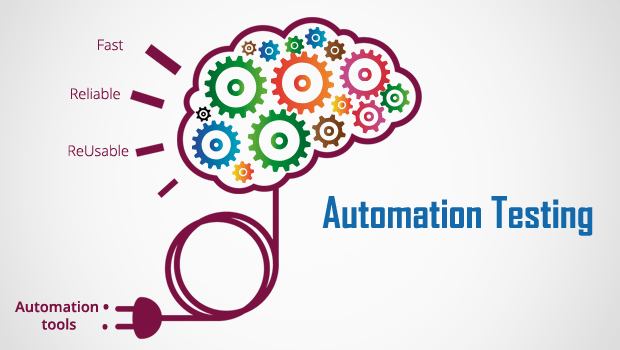Table of Contents
What is Automation Testing?
Automation Testing is a software testing approach that utilizes specialized automated testing software tools to execute a suite of test cases. In contrast, Manual Testing is conducted by a human who carefully follows test steps on a computer.
Automated testing software can input test data into the System Under Test, compare actual results with expected results, and generate comprehensive test reports. Implementing Software Test Automation requires significant investments in terms of both money and resources.
As development cycles progress, there is a need to repeatedly execute the same test suite. With test automation tools, you can record and replay this test suite as required. Once the test suite is automated, it operates without human intervention. The primary goal of automation is to reduce the number of test cases that need manual execution rather than eliminating Manual Testing entirely.
Why Test Automation?
Test Automation is a valuable approach to enhancing the effectiveness, test coverage, and execution speed of software testing. The importance of automated software testing arises from the following reasons:
- Manual testing of all workflows, fields, and negative scenarios consumes time and resources.
- It’s challenging to manually test multilingual sites.
- Automated testing can run unattended, even overnight.
- Automation accelerates the speed of test execution.
- It enhances test coverage.
- Manual testing can become challenging for testers and is prone to errors.
Which Test Cases to Automate?
To maximize the return on investment (ROI) for automation, you should select test cases based on the following criteria:
- High-risk and business-critical test cases.
- Test cases that are frequently executed.
- Test cases that are tedious or challenging to perform manually.
- Time-consuming test cases.
Not suitable for automation are:
- Test cases that are newly designed and haven’t been executed manually at least once.
- Test cases for which requirements change frequently.
- Test cases executed on an ad-hoc basis.
Automated Testing Process.
The automation process involves several steps:
Step 1: Test Tool Selection: Choose a testing tool based on the technology used in the Application Under Test (AUT).
Step 2: Define the Scope of Automation: Determine the scope of the application to be automated. This should include important business features, scenarios with extensive data, common functionalities, and technical feasibility.
Step 3: Planning, Design, and Development: Create an automation strategy and plan, select the automation tools, design the framework, and prepare the testbed.
Step 4: Test Execution: Execute automation scripts, typically using automation tools or Test Management tools.
Test Automation Maintenance: Continuously review and maintain automation scripts with each successive release cycle.
Automation Framework.
An automation framework is a set of guidelines that assist in:
- Maintaining test consistency.
- Structuring tests effectively.
- Minimizing code usage.
- Reducing code maintenance.
- Enhancing reusability.
- Involving non-technical testers in scripting.
- Four common types of automation frameworks are Data Driven, Keyword Driven, Modular, and Hybrid.
Automation Tool Best Practices.
To ensure maximum ROI from automation, consider the following best practices:
- Define the automation scope in detail at the project’s outset.
- Select an automation tool based on its suitability for the automation requirements rather than popularity.
- Choose an appropriate framework.
- Adhere to scripting standards, including consistent code structure and error handling.
- Capture key metrics to assess automation success.
Benefits of Automation Testing.
Automation Testing offers several benefits, including:
- 70% faster than manual testing.
- Broad test coverage of application features.
- Reliable results.
- Consistency.
- Time and cost savings.
- Increased accuracy.
- Unattended execution.
- Enhanced efficiency.
- Faster test execution.
- Reusable test scripts.
- Frequent and thorough testing.
- Multiple test cycles.
- Early time-to-market.
Types of Automated Testing.
Various types of automated testing include Smoke Testing, Unit Testing, Integration Testing, Functional Testing, Keyword Testing, Regression Testing, Data-Driven Testing, and Black Box Testing.
How to Choose an Automation Tool?
Selecting the right automation tool involves considering factors such as environment support, ease of use, database testing capabilities, object identification, error recovery testing, object mapping, scripting language, support for various types of tests, debugging features, object recognition capabilities, extensive reporting, and training costs.
Selecting an automation tool is a crucial decision that requires identifying requirements, exploring tool capabilities, setting expectations, and conducting a Proof of Concept.
Top 5 The Best Automation Testing Tools.
Numerous Functional and Regression Testing Tools are available in the market. The choice of the best test automation tool should align with your specific project requirements and expectations
Try Bottest 4th one is the best good
Write by Long


Leave a Reply